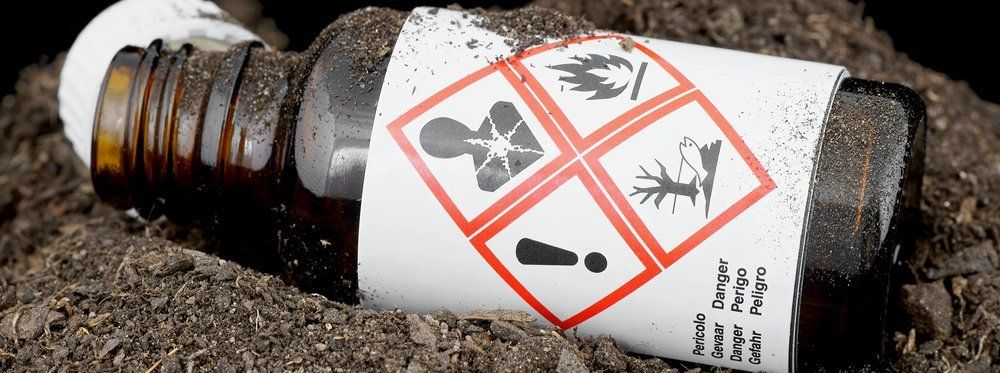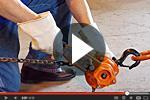Hazard Communication Aligns with GHS

In 2012, federal OSHA amended the Hazard Communication Standard (29 CFR 1910.1200); and effective December 21, 2012, Michigan adopted the amended federal standard by reference.
The amendments essentially modify the Hazard Communication Standard (HCS) to closely align with the United Nations’ Globally Harmonized System of Classification and Labeling of Chemicals (GHS).
OSHA has concluded this improved information will enhance the effectiveness of the HCS in ensuring that employees are apprised of the chemical hazards to which they may be exposed, and in reducing the incidence of chemical-related occupational illnesses and injuries.
The modifications to the standard include:
- Revised criteria for classification of chemical hazards.
- Revised labeling provisions that include requirements for use of standardized signal words, pictograms, hazard statements, and precautionary statements. A specified format for safety data sheets (SDSs).
- Related revisions to definitions of terms used in the standard.
- Requirements for employee training on labels and safety data sheets (SDSs).
OSHA and MIOSHA are also modifying provisions of other standards, including standards for flammable and combustible liquids, process safety management, and most substance-specific health standards, to ensure consistency with the modified HCS requirements. The consequences of these modifications will be to improve safety and to facilitate global harmonization of standards. The MIOSHA standards may be found at www.michigan.gov/mioshastandards.
Additionally, OSHA and MIOSHA are requiring that employees are trained on the new label elements (i.e., pictograms, hazard statements, precautionary statements, and signal words) and SDS format by December 1, 2013 , while full compliance with the final rule will begin in 2015. American workplaces will soon begin to receive labels and SDSs that are consistent with the GHS, since many American and foreign chemical manufacturers have already begun to produce HazCom 2012/GHS-compliant labels and SDSs. It is important to ensure that when employees begin to see the new labels and SDSs in their workplaces they will be familiar with them, understand how to use them, and access the information effectively.
Various free resources are available from MIOSHA’s website:
- Hazard Communication Employee Training Power Point Program (including GHS revisions)
- Hazard Communication Sample Plan
- Hazard Communication - Aligning with the Globally Harmonized System of Classification and Labeling of Chemicals (GHS)
- MIOSHA Standards Affected by the New GHS/Hazard Communication Standard
- MIOSHA Regulated Area Signs Affected by the New GHS/Hazard Communication Standard
- Right To Know Hazard Communication Compliance Guide
- Safety Data Sheet (SDS) Location Poster
- New/Revised Safety Data Sheet (SDS) Poster
- LESS DVD/Video Lending Library currently has two DVD's on GHS that you can request on loan:
- GHS Globalize Your Communication #1072
- HazCom And The Global Harmonizing System: Employee Training #1068









